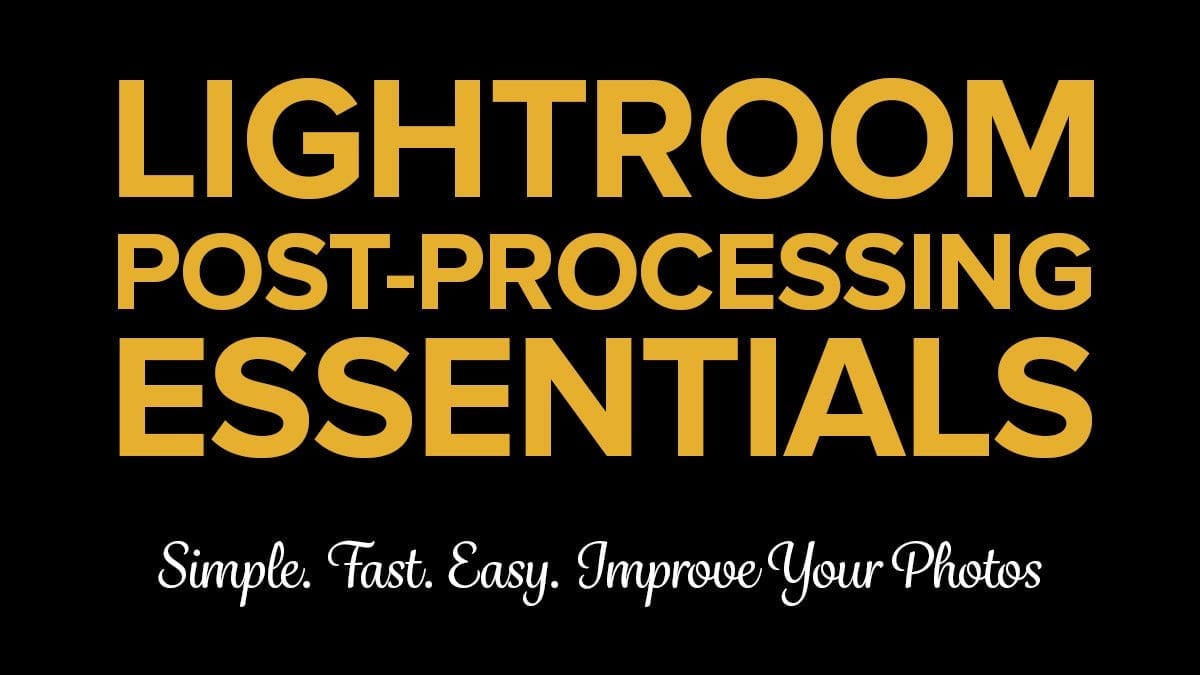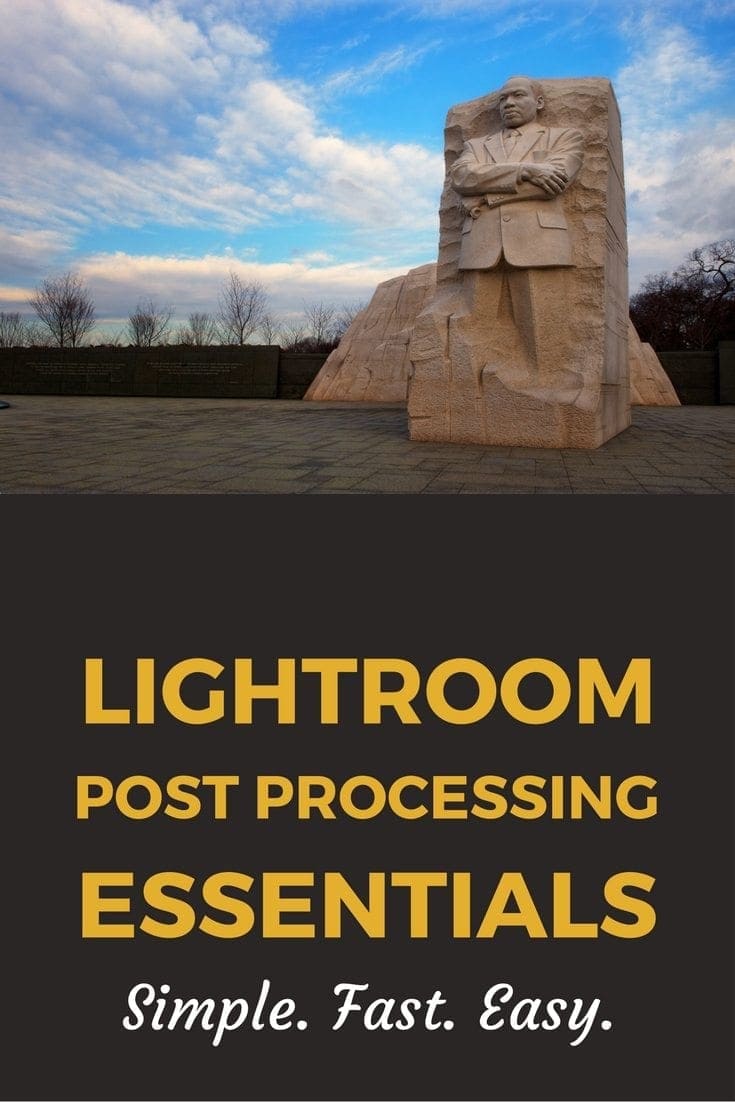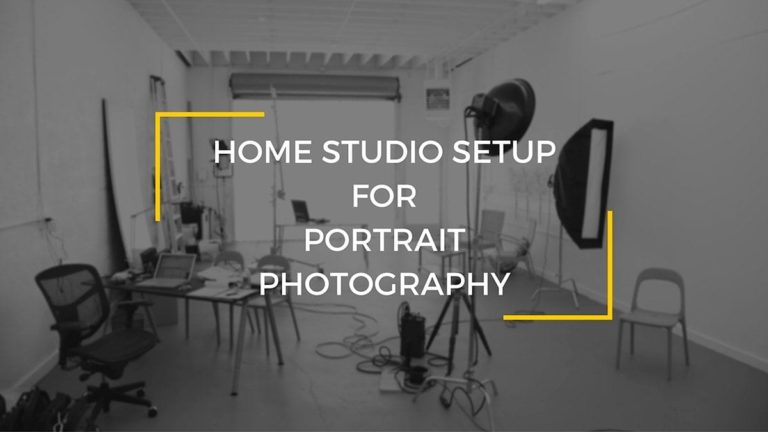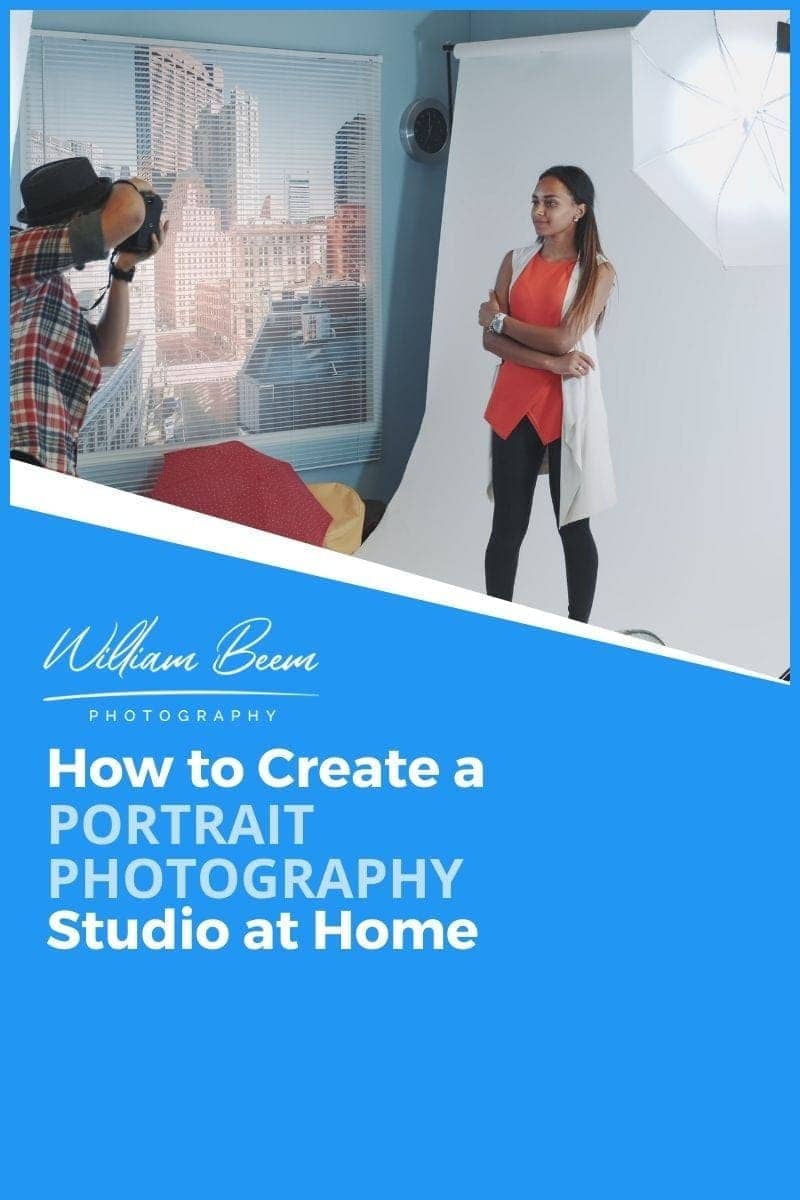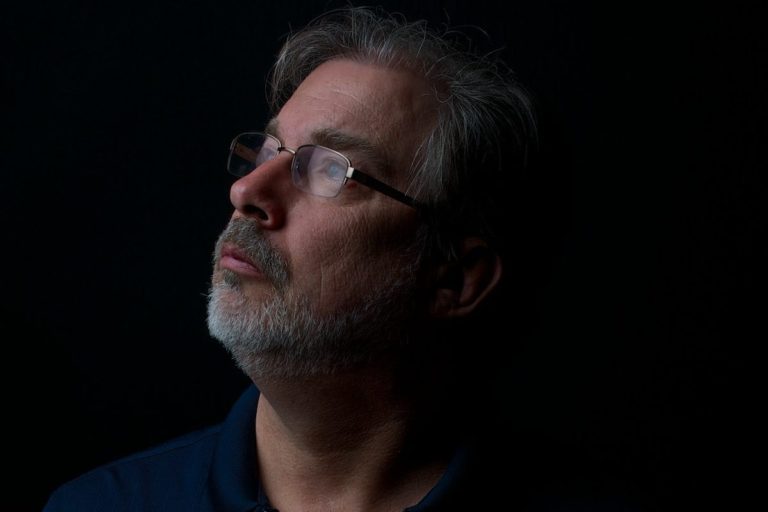Affiliate Disclosure: We earn a commission if you purchase through one of our links at no additional cost to you.
My Lightroom post-processing essentials are a few steps I take with every photo. They’re very simple, fast, and easy to do.
My full Lightroom Classic Workflow goes into more detail.
Why Not Just Use the Auto Setting?
Lightroom CC has an Auto button on the Basic Develop panel. Why not use it instead of double-clicking each of the sliders as I do in the video?
There’s a simple reason. When you click Auto, the photo changes immediately. You may like the results. If you do, that’s great. If not, then I think you’ve lost an opportunity to learn.
As you build up one slider at a time, you have an understanding of the effect that each change makes to your image. Clicking the Auto button makes all the changes at once, which doesn’t really give you time to understand the relationship of the changes.
It’s a subtle difference, but one that helps me learn as I process more and more photos.
The Importance of Lens Correction
My first step is always to enable Lens Correction for an image. Not only does it help correct distortion, but it also removes vignettes on the corners and potentially brightens an image. You want to make those changes before you start in the Develop module.
If not, your exposure in the photo may change and you have to go undo some of the settings that you made in the Basic panel.
Understanding the Order of Changes
Just as I like to do Lens Correction first, I found that it takes less work if I start at the bottom of the Basic Panel and work my way up. Setting the Blacks first followed by the whites.
That instills Contrast in the image. You may or may not need to use Shadows or Highlights, but it’s best to use these after setting your Blacks and Whites.
Vibrance pumps up the colors without trashing skin tone. I like to amp it up a bit. Pulling Vibrance down gives an interesting desaturation effect without going completely into Black & White, as you get with the Saturation slider.
Contrast is something that’s done according to taste. I like strong contrast, but many people like flat faded images as a choice of style.
Using Contrast and Clarity helps you decide which way you want to continue forming your photo. If you like the flat style, these sliders can work in that direction. Pulling down the Contrast evens out the photo, where reducing Clarity has a distinct softening effect.
What Makes These Changes Essential?
I use these steps for my Lightroom post-processing essentials because it works as part of my style. Although some go for flat or faded images, I want the opposite. These steps in my post-processing workflow make it very quick and easy to get started. Quite often, this is the bulk of my workflow and it only takes a few seconds.
These steps aren’t the end of my workflow, but they provide the foundation for every photo I process. I may still need to do some spot removal. Every photo needs sharpening.
However, I can process most of my photos to completion very quickly and with satisfying results using these steps in my Lightroom post-processing workflow.
If you sit and look at a photo wondering where to start, give this a shot.

